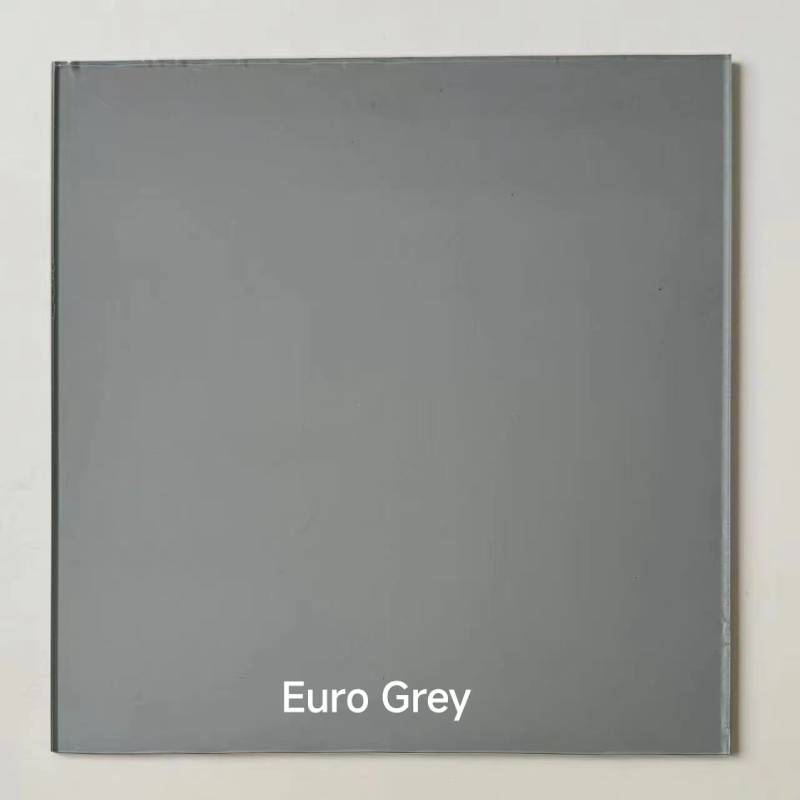

Exploring the Benefits of 366 Low-E Glass in Modern Architecture
In the contemporary world of architecture and construction, the materials used play a pivotal role in determining the energy efficiency, aesthetic appeal, and overall comfort of a structure. One such material that has garnered significant attention is 366 Low-E glass. This innovative glazing solution offers a myriad of benefits, making it an ideal choice for modern building designs.
Low-E glass, or low emissivity glass, is designed to minimize the amount of infrared and ultraviolet light that can pass through it without compromising the amount of visible light transmitted. The 366 in its name refers to its specific performance characteristics, which denote its ability to reflect heat while still allowing ample daylight to enter a space. The first digit, 3, indicates that it’s primarily designed for moderate climates, while the 66 signifies that it reflects 66% of the sun’s heat.
Exploring the Benefits of 366 Low-E Glass in Modern Architecture
Furthermore, 366 Low-E glass significantly improves indoor comfort. By reflecting heat away during the hot months and retaining warmth during colder seasons, it creates a pleasant living environment. This is especially beneficial in regions that experience extreme weather conditions. The reduced glare and balanced light levels provided by Low-E glass enhance the aesthetic quality of interiors, making spaces more inviting.

Another noteworthy characteristic of 366 Low-E glass is its UV protection capabilities. The glass filters out harmful ultraviolet rays, which can cause fading to furniture, artwork, and flooring over time. This protective quality not only preserves the integrity of home interiors but also protects the health of its occupants by reducing potential skin damage caused by UV exposure.
From an aesthetic standpoint, 366 Low-E glass offers architects and designers greater flexibility. It can be seamlessly integrated into a variety of architectural styles, enhancing the visual appeal of buildings without compromising performance. The clarity and brightness provided by Low-E glass make it an ideal choice for expansive windows and glass facades, allowing natural light to flood indoor spaces while maintaining energy efficiency.
In the commercial sector, the benefits of 366 Low-E glass extend to enhanced occupant productivity. Studies have shown that natural light can improve mood and increase productivity among employees. By utilizing Low-E glass in office buildings, companies can create brighter, more inspiring work environments, which in turn boosts employee morale and efficiency.
Despite its numerous advantages, it’s important to consider the initial cost of purchasing and installing 366 Low-E glass. While it may be more expensive than traditional glazing options, the long-term savings on energy bills and the potential increase in property value often outweigh the initial investment. Additionally, many governments and organizations offer incentives and rebates for using energy-efficient building materials, making it a more affordable option in the long run.
In conclusion, 366 Low-E glass stands out as a superior choice for modern architecture, combining energy efficiency, aesthetic versatility, and health benefits. Its ability to regulate temperature, protect against UV rays, and enhance indoor comfort makes it an invaluable asset in both residential and commercial construction. As the demand for sustainable building practices continues to grow, embracing innovative materials like 366 Low-E glass could be key to designing the environmentally friendly structures of the future. Investing in such advanced materials not only contributes to a greener planet but also elevates the quality of life for occupants.